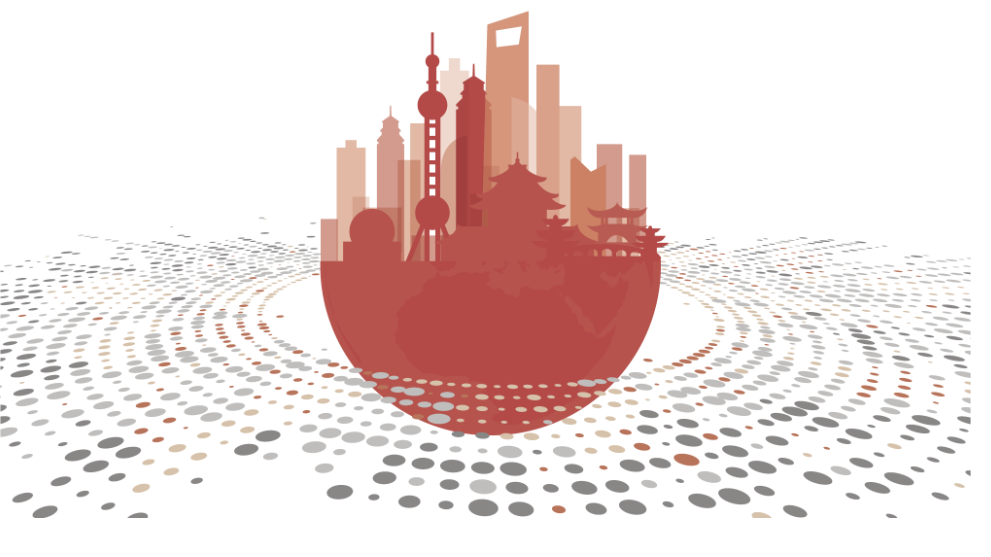De seneste økonomiske data fra august viser, at den kinesiske, økonomiske genopretning ikkle blot er stærk, men at den også breder sig ud i hele økonomien. Den økonomiske vækst var på 5,8 pct., målt på årsbasis. Kina ser ud til at blive den eneste store økonomi med positiv vækst for hele året – på ca. 2 pct. – og med 8 pct. næste år, vurderer ABN Amro. Der er ikke bare vækst i industrien, men også i det hjemlige forbrug, og desuden er udenrigshandelen overraskende robust. Den kinesisk-amerikanske samhandel er dog faldet markant som følge af Trumps handelskrig.
China’s recovery broadens
- August data show China’s recovery is broadening
- … with domestic demand showing more signs of a pick-up
- Foreign trade remarkably robust after (or thanks to?) covid-19 shock
- US-China trade stabilises; Chinese imports from the Netherlands outperform
200917-Short-Insight-China.pdf (212 KB)
 1. August data show China’s recovery is broadening
1. August data show China’s recovery is broadening
The PMIs published early this month showed that China’s strong recovery from the covid-19 shock continues (see our earlier comment here).
What is more, monthly activity data for August published this week show that the recovery is broadening, in line with our expectations (see our August report China – Supply-demand gap will narrow). Bloomberg’s monthly GDP estimate rose to a post-covid-19 high of 5.8% yoy in August (June/July: 5.2%).
The recent data are in line with our view that China will experience above trend growth in Q3, as the catch-up from the covid-19 shock continues on the back of post-pandemic fiscal and monetary support. As catch-up effects will fade over time and we expect Beijing to tweak macroeconomic policy (with a shift towards keeping financial risks and leverage under control, from macro-economic stabilisation), we expect growth to normalise again thereafter.
All in all, China – where covid-19 originated in late 2019 – is on track to be the only key economy delivering positive annual growth (of around 2%) this year. We expect annual growth to rise to 8% in 2021, but that is mainly driven by base effects (as the weak first quarter of 2020 will fade out of the figures by then).
 2. … with domestic demand showing more signs of a pick-up
2. … with domestic demand showing more signs of a pick-up
The industrial sector is still in the lead, with industrial production growth accelerating to 5.6% yoy (July: 4.8%, consensus: 5.1%).
However, with the covid-19 pandemic being more and more under control and the effects of pandemic stimulus feeding through, domestic demand is picking up as well. Retail sales showed their first positive annual growth number since the covid-19 shock, at 0.5% yoy (July: -1.1%, consensus: 0.0%).
Catering-related expenses rose by 10% last month and while annual growth is still negative (-6% yoy in August), that is much less of a contraction compared to the -46% low in March. Fixed investment rose by 9% in August, with the year-to-date contraction easing to -0.3% (versus -1.6% in July and a -24.5% through in February). Exports, real estate and credit data for August also are in line with this picture of a broadening recovery.
 3. Foreign trade remarkably robust after (or thanks to?) covid-19 shock
3. Foreign trade remarkably robust after (or thanks to?) covid-19 shock
China’s foreign trade figures also show a rapid recovery from covid-19 related shocks earlier this year.
As we have indicated before, exports held up well in the second quarter despite the collapse in global growth and trade.
China’s export outperformance is partly owed to a covid-19 related pick-up in exports of medical equipment including face masks and computers/tech products (reflecting the global shift to working from home). The fact that China has restored production capacity for exports earlier than some of its competitors is another key factor in this respect.
More recently, the rebound of global demand as key trade partners’ economies have reopened is another tailwind, with export growth accelerating to a 17-month high of 9.5% yoy in August. PMI export subindices have also improved clearly in recent months.
Meanwhile, despite the normalisation of domestic demand, import growth continues to lag export growth (August: -2.1% yoy). Still, import values are driven down by the drop in commodity prices (China is the biggest importer of many commodities). In volume terms, imports are also showing a pick-up in line with the broadening recovery of domestic demand. Oil and iron ore import volumes, for instance, surged in June and July.
 4. US-China trade stabilises, imports from Netherlands outperform
4. US-China trade stabilises, imports from Netherlands outperform
Due to the escalation of trade and tech tensions over the past years, with the US raising bilateral tariffs on Chinese imports and China retaliating, US-China trade has fallen significantly.
Chinese imports from the US have clearly underperformed total imports since 2018, when the bilateral tariff war started. The share of imports from the US in total Chinese imports has fallen from around 9% in 2016 to around 6% currently. That said, this share has more or less stabilised since late 2019 (when the so-called ‘phase 1’ trade deal was in the making). More recently, to improve their compliance to this deal, China stepped up (farm) imports from the US in the run-up to the US presidential elections in November.
Meanwhile, over the past few years Chinese imports from the Netherlands have generally outperformed. This outperformance has increased in the course of this year, with Dutch exports of machinery, milk powder, pork (reflecting swine flu related scarcity) and medicine doing particularly well.
Over the longer term, China’s new dual circulation strategy is aimed at a stronger focus on promoting domestic consumption as key growth driver and making China less vulnerable to a more protectionist external environment, while safeguarding its position as foreign trade hub. That also includes China to step up domestic production (and hence lower imports) of supply-chain critical goods, such as semi-conductors.








